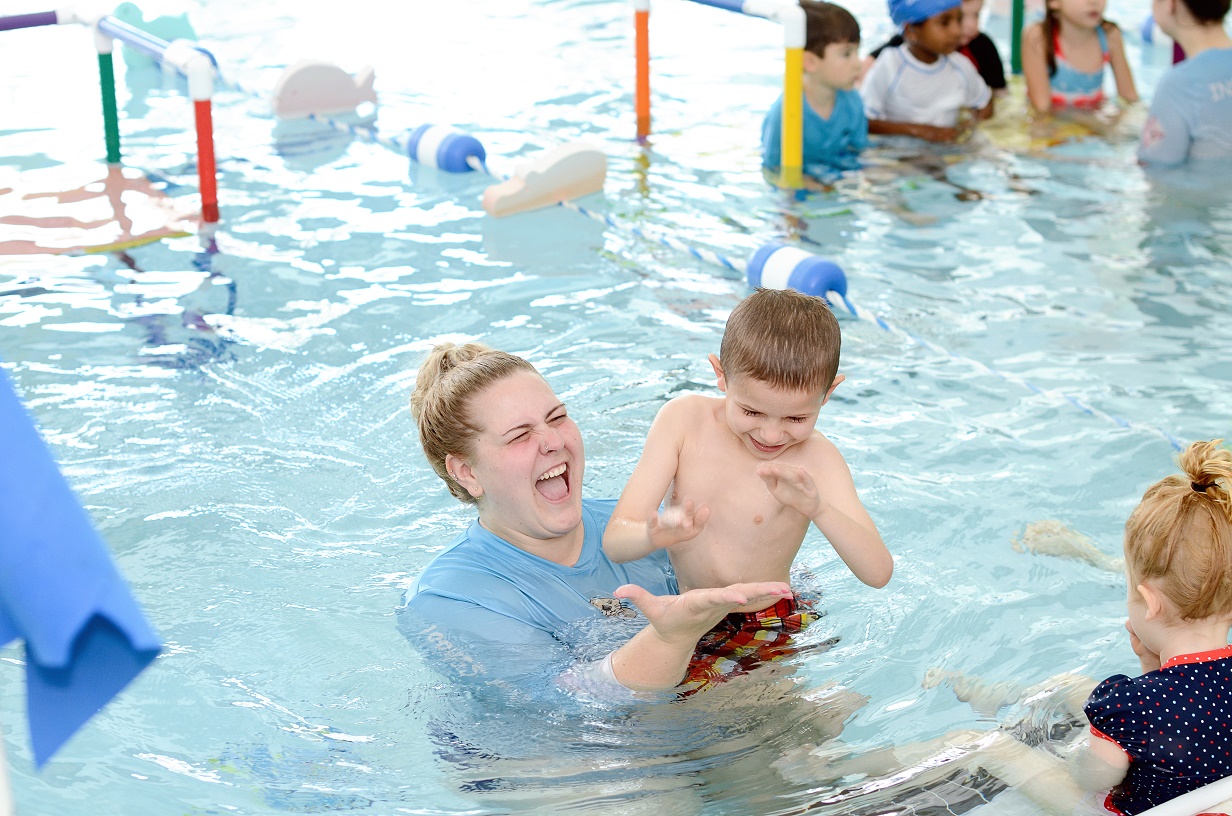
Do you know how important goals are?
Goal-setting applies to many areas: business, learning, competing.
And goal-setting is applicable to both adults and children.
Even for small children, goals – whether loosely set or well-defined – can be a valuable asset when they show up to the pool for swimming lessons.
Without goals, it’s impossible to push students of any age to succeed. Removing the limitations they’ve set for themselves in their own minds precedes instilling a belief in their abilities (or potential abilities). And it is this belief that is absolutely necessary to their success.
In other words, without goals, there is no motivation.
A great athlete said “Motivation is what gets you started. Habit is what keeps you going.”
It was Jim Ryun, a three-time track and field Olympian in the 1500 meters. He understood the importance of motivation in the emotional side of reaching goals and creating habits through repetition in physically getting an athlete there.
A quote from the ancient Greek philosopher, Aristotle, “We are what we repeatedly do. Excellence, therefore, is not an act but a habit,” describes the learn-to-swim process.
Let’s focus on goal-setting as it applies to small children taking swimming lessons.
According to recent research, goal-setting can help little swimmers:
- Increase motivation to achieve
- Develop pride and satisfaction
- Raise self-confidence
- Improve performance
There is a method called the SMART method when it comes to learning and goal-setting. Many coaches use it. While “coaching” is not necessarily applicable with little swimmers who have yet to learn a stroke, it’s basic theories can help to motivate a child to strive for their full potential.
So SMART, the acronym, describes an important set of fundamentals of goal-setting.
S is for Specific.
Be specific about the skill to be learned.
Whether it’s being explained or demonstrated, as many details should be covered as possible.
M is for Measurable.
The amount of progress made in learning a specific skill should be trackable.
This helps instructor and little student. Instructor, by providing a clear picture of where the student is compared to where they were. The student, by understanding what is necessary to meet expectations.
A is for Achievable.
Goals should be challenging and realistic. A goal lacking challenge offers no excitement while one that is impossible to reach has the opposite impact – a negative motivational effect – on the little swimmer.
Achieving a goal – regardless of how small it may seem – develops self-confidence in a little swimmer and gives him an early feeling of pride in himself. Incremental increases in how challenging goals are is an important way to develop this.
R is for Results.
A goal is really meaningless if there are no results in mind when the goal is set. Each specific goal should complete a specific result. A progression of swimming skill goals can end in a very positive result of successfully learning to swim.
It’s about improvement, not perfection. Improvement takes time. This is where the “M” really shines through. Setting goals for progress instead of perfection allows little swimmers to feel positive at every level along the way.
T is for Time.
A measureable progression toward a goal can’t be open-ended. A time-frame is necessary to make motivation possible. This doesn’t mean that every little swimmer will learn at the same pace, it simply means that there is a time infrastructure tied to the goal. It sets realistic expectations while providing urgency. Or simply put – The little swimmers are motivated.
SMART is an established methodology used by many coaches.
Here is a list of 50 inspirational quotes from Entrepreneur Magazine.
Little Otter Swim School’s team members are passionate about teaching kids to swim and be safe as they enjoy the water. We’d love to share more of the benefits of learning to swim with you. Learn more about what makes Little Otter different.


Conversations